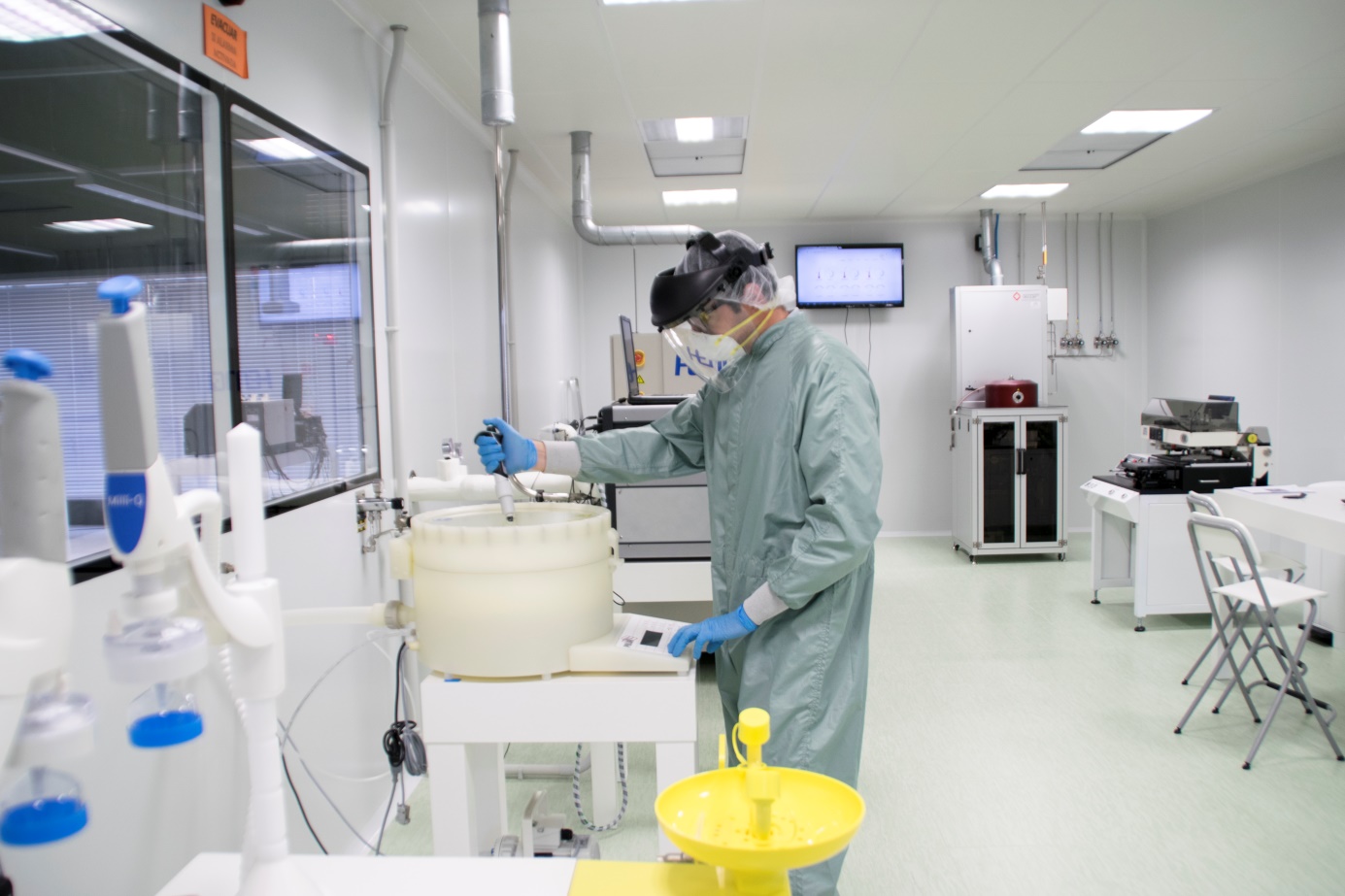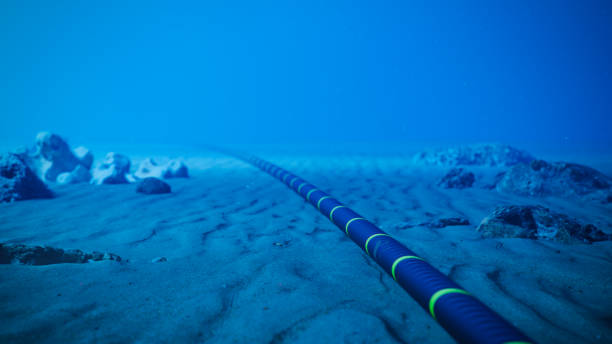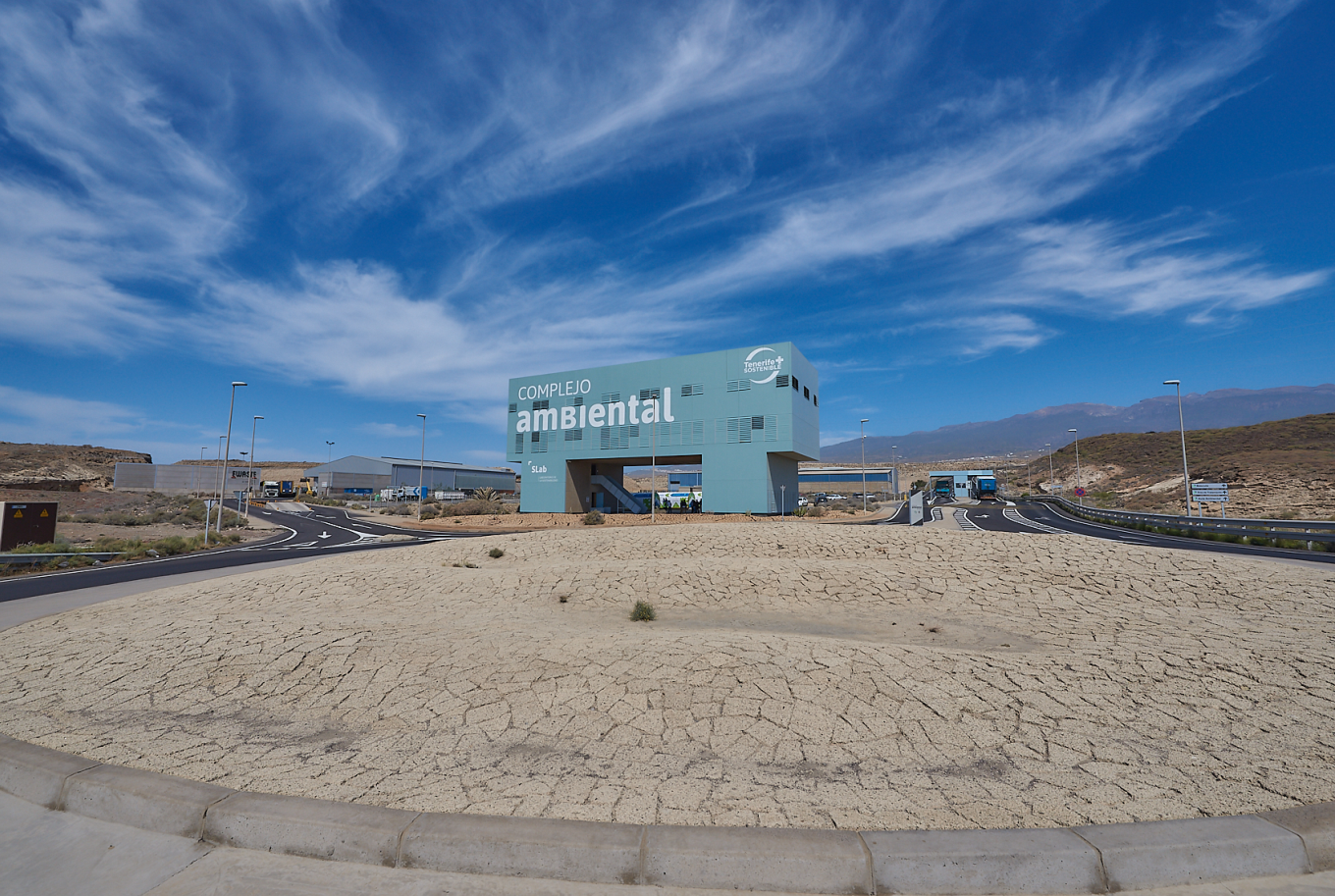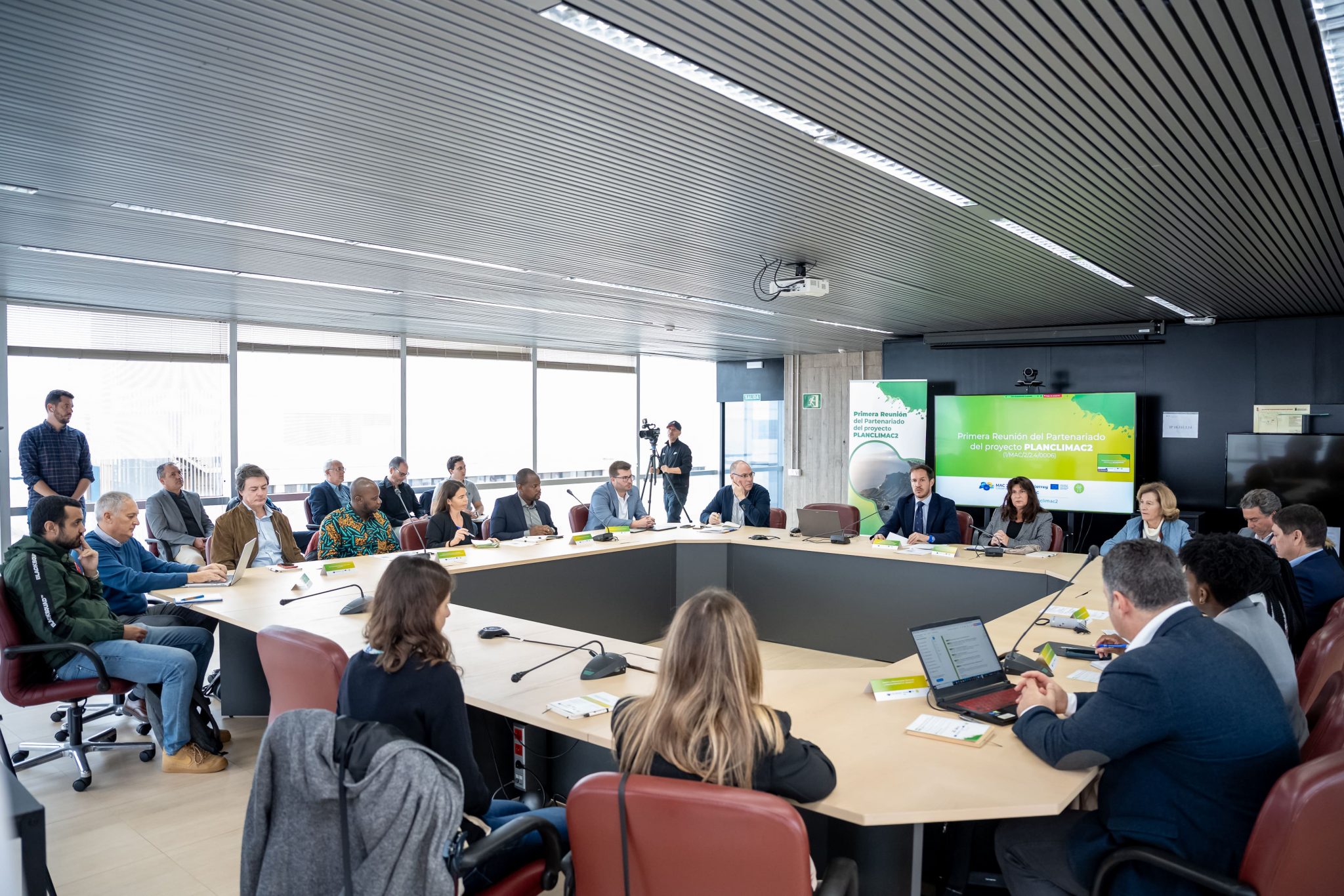The prestigious scientific journal Applied Sciences has recently published the scientific article of ITER and ULL, which presents to the scientific community the first results of the research line, promoted by the European project MACLAB-PV.
The research group of the Photovoltaic Cells Laboratory of the Institute of Technology and Renewable Energy (ITER), an entity dependent on the Cabildo Insular de Tenerife, has developed a new method of encapsulation at low temperature that improves the stability of photovoltaic devices based on perovskite structures. The results of this research, developed jointly by ITER and the departments of Industrial Engineering and Specific Didactics of the University of La Laguna (ULL), have been recently published by the prestigious scientific journal Applied Sciences.
This new line of research, as well as the cooperation established with the ULL and the publication of this scientific article, entitled “…”, is the result of a new research project.Characterization of a New Low Temperature Encapsulation Method with Ethylene-Vinyl Acetate under UV Irradiation for Perovskite Solar Cells“have been driven by the European project MACLAB-PV “Improvement of R&D&I capacities and infrastructures in the renewable energy and energy efficiency sector in the Canary Islands and Senegal”.co-financed by the INTERREG MAC 2014 – 2020 Program, which aims to promote excellence and applicability of scientific and technological activity in the renewable energy and energy efficiency sector in the Canary Islands and Senegal.
Until now, the photovoltaic market has been dominated by silicon, the compound on which most solar panels are currently based, but in recent years research has been actively pursued into the possibilities offered by perovskite, a more efficient, accessible and less expensive material.
Solar cells based on perovskite structures (a family of materials whose crystalline structure incorporates organic and inorganic elements) have recorded a significant increase in their energy efficiency in recent years, reaching a record 25.7% for non-stabilized cells, 29.8% for perovskite/silicon (monolithic) tandems and 17.9% for perovskite modules. These efficiencies have demonstrated that photovoltaic devices based on perovskite structures are a promising candidate, which will be able to compete in a solar cell market currently dominated by silicon.
The degradation mechanisms of perovskite cells are mainly due to exposure to moisture, oxygen, heat, ultraviolet light and reverse polarization. Of these, humidity is considered the most determinant factor in the degradation of the perovskite layer, mainly due to the hygroscopic nature of the amine salt that composes it, which tends to attract water in vapor or liquid form from the environment where it is located.
In addition, the composition of perovskite can be affected by manufacturing defect, which can significantly change its properties depending on radiation and temperature.

Therefore, at present, achieving stable devices is key to ensure the lifetime and durability of this type of technologies. So far, several lines of research have been addressed to improve stability, such as the introduction of variations in the composition of the perovskite structure, the inclusion of new layers such as hydrophobic films, the replacement of the metal electrode with carbon or a transparent conductive oxide to avoid problems with the gap transporting layer, or the use of encapsulation methods to isolate and protect the device from environmental agents.
In this work, the performance of a new low-temperature encapsulation method based on ethylene vinyl acetate (EVA), designed to protect these photovoltaic devices from ultraviolet radiation under ambient conditions, has been analyzed. The perovskite films are stable after exposure to solar radiation for 350 hours, thanks to the UV protection provided by the encapsulation.
The open access article is available at the following link: https://www.mdpi.com/2076-3417/12/10/5228
Applied Sciences is an international, open access, indexed and refereed journal specializing in all aspects of the applied natural sciences. It is published monthly online by the Multidisciplinary Digital Publishing Institute (MDPI).
Article title:
Ocaña, L.; Montes, C.; González-Pérez, S.; González-Díaz, B.; Llarena, E. Characterization of a New Low Temperature Encapsulation Method with Ethylene-Vinyl Acetate under UV Irradiation for Perovskite Solar Cells. Appl. Sci. 2022, 12, 5228. https://doi.org/10.3390/app12105228






